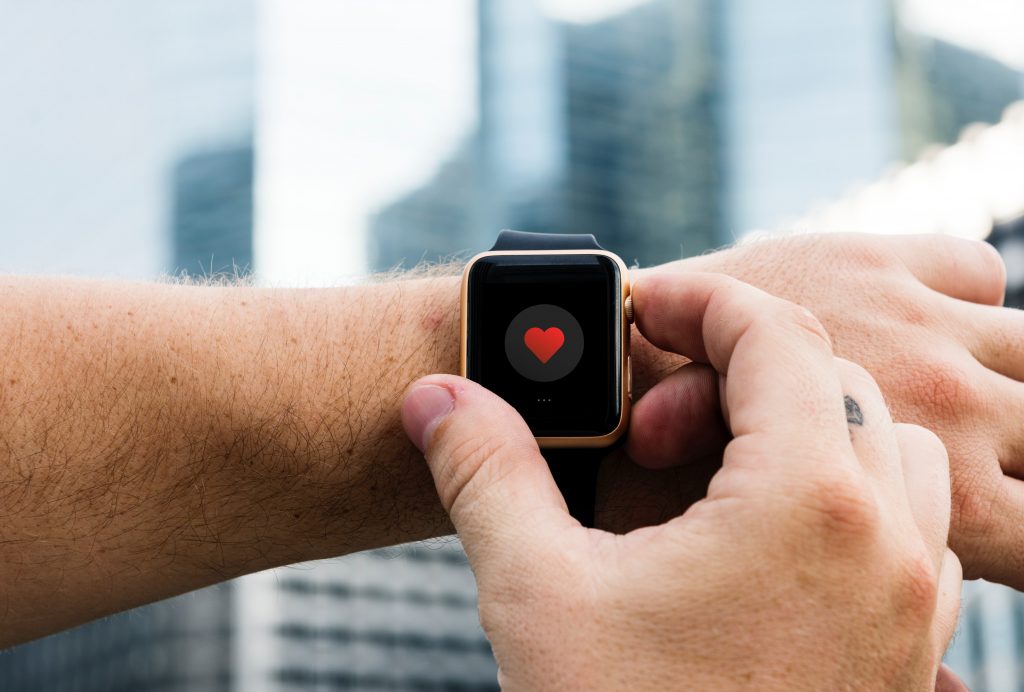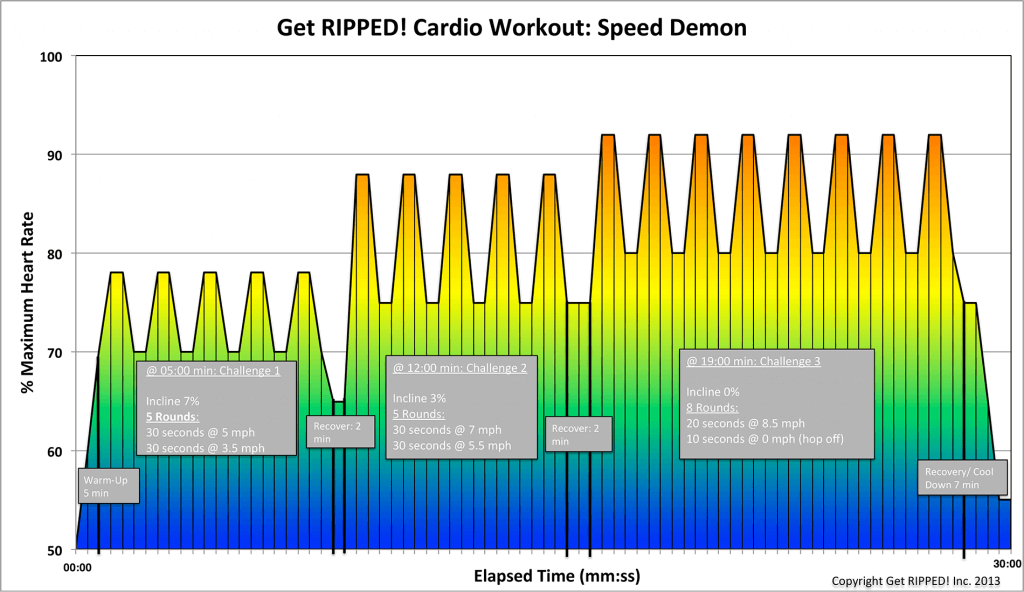Blog
Do You Know Your Heart Rate Zone
Like most places, Calgary, Canada, has many suggestions and ideas on how to boost the effectiveness of a workout. One of those is to use your heart rate zone. What is the heart rate zone? It’s using your heart rate to determine whether your workout is intense enough to get the maximum benefit from the workout. It helps you determine how much effort you’re putting into your workout.
Before you calculate whether you’re getting maximum benefit, you have to know your maximum heart rate—MHR.
What’s your maximum heart rate? It’s how fast your heart can beat based on age, when you’re working at maximum intensity. You can estimate 90% of your MHR by using a rough calculation of 220-minus your age. That gives you the red-line zone, the area where it becomes unwise to spend much time. It’s 90% of the MHR. To find the MHR, divide that number by 9 and then multiply it by ten. This is just a simplified technique to find the MHR, but good enough to help you maximize your workout.
There are several levels of your heart rate besides the MHR and red-line zone.
You don’t have to do any calculations to find your resting heart rate. It’s exactly what the name implies, your heart rate when you’re resting. Most people’s rates are between 60-80 beats a minute. If you’re really fit, it’s near to the lower end or below, but for those out of shape, it’s at the higher end or above. You can take it yourself by checking your pulse the first thing in the morning and counting how many times your heart beats in one minute or take the shortcut, measure it for 15 seconds and multiply by 4. The target heart rate is between 50 and 75 percent of your MHR and is where you should workout, at least at first until you get into shape, and then increase it to about 85%.
Your heart rate helps you identify your level of exertion.
If you’re pushing it too hard during a workout, you’ll see the heart rate approaching the red line area. On the other hand, if you’re just coasting along, a low heart rate will tell you that, too. Your heart rate is only one indicator of how intense your effort is. If you track it for long and chart your numbers, you’ll be able to see differences, which gives you another way to measure your progress, especially if getting fitter is your goal.
- Knowing your MHR can help you exercise more safely. It tells you when you’ve warmed up enough and can begin exercising and also when you can safely end a cool down.
- Tracking your heart rate can keep you safer during exercise, particularly if you’re out of shape and just starting a fitness program. When you see your heartbeat entering the red line zone it’s time to cut back.
- There are many heart rate monitors you can use to make tracking far easier. Some even send the results to your computer.
- If you’re working out at home to one of my videos, you’ll find heart rate tracking an added tool to help you maximize the benefits. Using my DVDs let you adjust to your best pace, which you can’t do in a live group workout.


